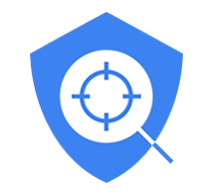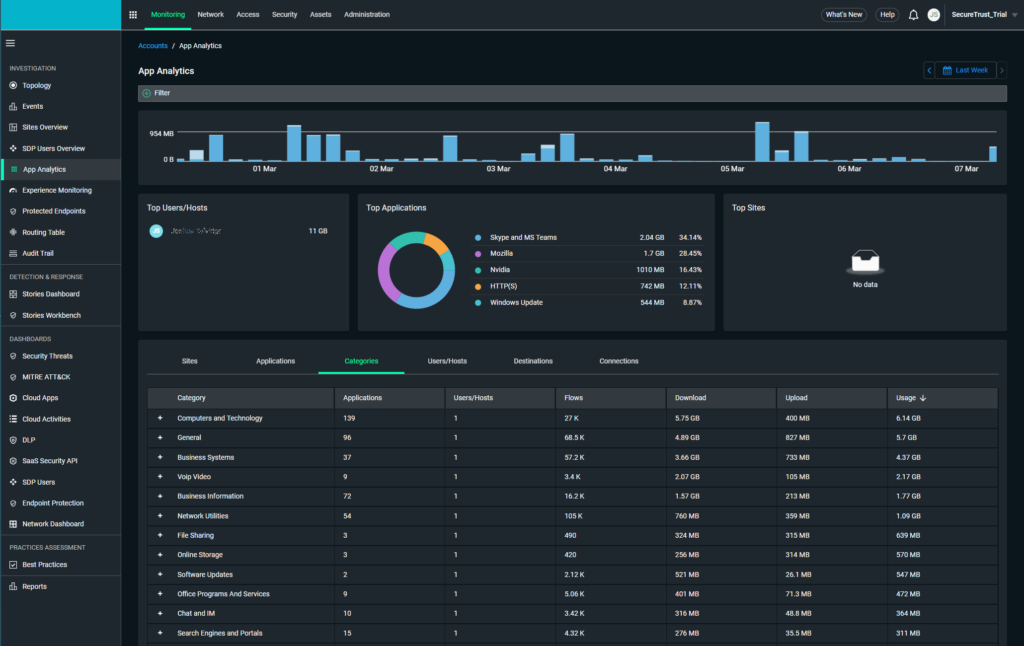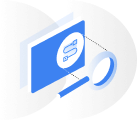Helios assesses the posture of connected devices, including the operating system and patches, anti-virus, disk encryption, device firewall, geographic location, and device certificate at connection and throughout the session. If a posture check fails, Helios can either terminate the user’s connection entirely or restrict access to specific resources until the device becomes compliant. Continuous device posture evaluation enhances the security posture of organizations by ensuring devices meet a minimum set of requirements, thereby reducing the risk of data breaches from compromised endpoints.
Stay ahead of attackers by detecting, prioritizing, and mitigating vulnerabilities. Helios performs vulnerability assessment of monitored endpoints to detect vulnerable OS components and applications. Helios uses data from feeds from Canonical, Microsoft, the National Vulnerability Database (NVD), and more to provide real-time information about vulnerabilities.

















